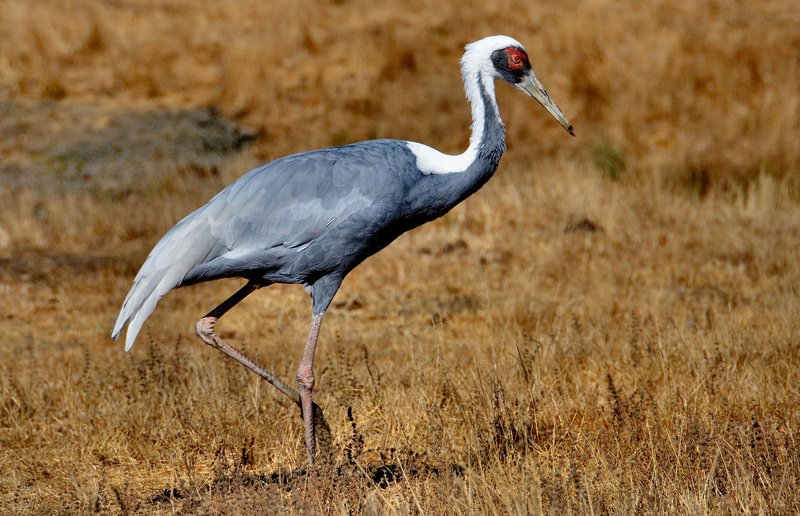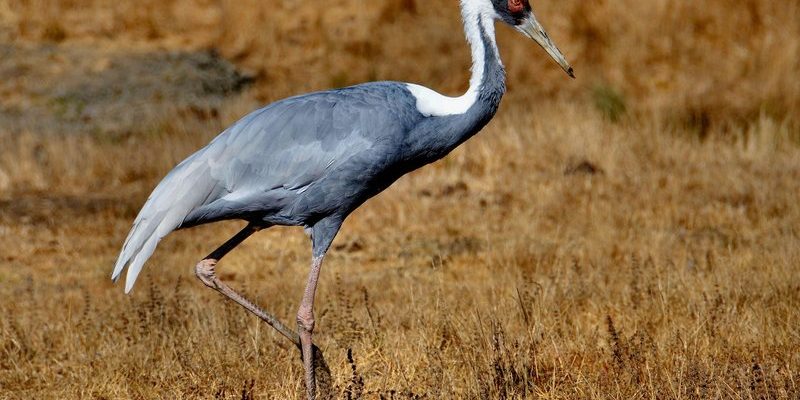
Have you ever spotted a crane soaring gracefully across the sky? These tall, elegant birds are not just beautiful to watch; they also hold a unique place in nature. Cranes belong to the family Gruidae and are known for their long legs, elongated necks, and striking plumage. They are social creatures often found in groups, making their presence even more mesmerizing. Imagine watching a group of cranes dance together, showcasing their mating rituals in a breathtaking display of coordination and beauty.
Cranes can be found on almost every continent, with varying species adapted to diverse habitats. From wetlands and grasslands to forests, cranes thrive in an array of environments. Their adaptability is remarkable, yet they are also vulnerable to habitat loss and environmental change. Understanding these magnificent birds not only enriches our appreciation of wildlife but also highlights the importance of conserving their habitats.
What Do Cranes Look Like?
Cranes are instantly recognizable due to their striking appearance. They typically stand tall, with most species measuring between 3 to 5 feet in height. Their long legs allow them to wade through shallow waters with ease, and their necks can extend to impressive lengths—perfect for foraging in fields or wetlands. The plumage varies by species, often featuring a combination of gray, white, and black feathers, sometimes accented with vibrant red or gold on their heads. This striking coloration not only makes them stand out but also plays a role in their mating rituals.
For instance, the Whooping Crane, known for its iconic trumpeting call, has a unique white body adorned with black wing tips. On the other hand, the Sandhill Crane has a more muted gray-brown coloration but compensates with its impressive size and elaborate courtship dances. These dances often involve intricate movements, bows, and leaps, showcasing their strength and elegance. Watching cranes perform these rituals is like witnessing a play unfold in nature, with each movement telling a story.
Crane Habitats
Cranes are quite adaptable in terms of habitat but generally prefer open spaces, wetlands, and grasslands. They are commonly found in shallow marshes and near lakes where they can find ample food and shelter. The Great Blue Heron, for example, often coexists with cranes in these environments, as they both thrive in watery areas. Wetlands are particularly important for their survival because they provide essential resources like food and nesting sites.
When it comes to nesting, cranes typically choose locations that are a bit secluded, like tall grasses or reed beds. This not only shields them from potential predators but also keeps their young safe. As migratory birds, many crane species travel great distances to reach their breeding grounds, often returning to the same spots year after year. This impressive migratory behavior highlights their strong connection to their habitats and their resilience in facing environmental changes.
| Species | Height | Wingspan | Diet | Lifespan |
| Whooping Crane | 4.5–5.5 ft | 6.5–7.5 ft | Omnivore | 22–24 years |
| Sandhill Crane | 3.5–4.5 ft | 6–7 ft | Omnivore | 20–30 years |
| Common Crane | 3.5–4.5 ft | 6–7 ft | Omnivore | 20–25 years |
Diet and Feeding Habits
Cranes are omnivores, which means they eat a mix of plants and animals. Their diet is diverse, changing with the seasons and the availability of food. In wetlands, they often forage for aquatic plants, seeds, and insects. During spring and summer, they may feast on young grasses, grains, and small animals like frogs and insects. Cranes are opportunistic feeders, so they adapt their feeding habits based on what is accessible.
Many cranes are known for their methodical feeding style. They can be seen probing the mud with their long bills, searching for tender roots or hidden insects. This behavior not only showcases their skill but also highlights the importance of maintaining healthy wetland ecosystems. Without these vital habitats, cranes wouldn’t find enough to eat, and their populations could decline.
Reproduction and Nesting
The mating rituals of cranes are as enchanting as they are complex. Typically, cranes form monogamous pairs that stay together for life. During the mating season, you might find them performing coordinated dances to strengthen their bond. These rituals involve intricate movements, including jumping and bowing, often accompanied by unique vocalizations. This is their way of impressing each other and solidifying their partnership.
Cranes build their nests on the ground, often in secluded areas near water. The female typically lays one to three eggs, which both parents help incubate and protect. After the eggs hatch, the young cranes, called colts, are precocial—meaning they can walk and forage for food shortly after birth. This rapid development is crucial, as it allows the colts to escape from predators more easily. Watching a family of cranes—parents guiding their colts through their natural habitat—is a heartwarming sight.
Conservation Status
Many crane species face significant threats due to habitat destruction, climate change, and hunting. Wetlands are being drained for agriculture and urban development, which directly impacts the availability of food and nesting sites for cranes. As a result, several species are considered endangered or vulnerable. The Whooping Crane, once on the brink of extinction, has made a slow recovery thanks to dedicated conservation efforts, but it still relies heavily on habitat protection.
Conservation programs often focus on restoring wetlands and educating communities about the importance of these ecosystems. Organizations work tirelessly to raise awareness and protect these majestic birds. By supporting these efforts, we can help ensure that future generations of people can marvel at the grace of cranes in the wild.
Fun Facts About Cranes
- Cranes can live for over 20 years in the wild.
- They are known for their loud calls, which can be heard over long distances.
- Some species migrate thousands of miles each year between breeding and wintering grounds.
- Cranes are often associated with good luck and longevity in various cultures.
FAQ
What do cranes eat?
Cranes are omnivorous and have a diverse diet that includes aquatic plants, seeds, insects, and small animals. They adapt their feeding habits based on the season and what is available in their habitat, showcasing their opportunistic nature.
Where do cranes live?
Cranes inhabit wetlands, grasslands, and open fields. They thrive in areas with ample water and food sources, often found near lakes and marshes. Their ability to adapt to different environments helps them survive across various regions.
How do cranes communicate?
Cranes have a range of vocalizations that they use to communicate, including trumpeting calls and clattering sounds. These calls are not just for mating; they also help maintain social bonds within their groups and can indicate territory.
Are cranes monogamous?
Yes, cranes typically form monogamous pairs that mate for life. They engage in elaborate courtship rituals, which include dancing and vocalizations, to strengthen their bond and ensure successful breeding.
What threats do cranes face?
Crane populations face threats from habitat loss due to urban development, agriculture, and climate change. Additionally, hunting and pollution can impact their survival, making conservation efforts critical for their continued existence.
How can I help cranes?
You can help cranes by supporting conservation organizations that work to protect their habitats and raise awareness about the importance of wetlands. Even simple actions, like reducing plastic use and advocating for environmental policy changes, can make a difference.
What are some notable crane species?
Some well-known crane species include the Whooping Crane, Sandhill Crane, and Common Crane. Each species has unique characteristics and behaviors, contributing to the rich diversity of these magnificent birds.
How long do cranes live?
In the wild, cranes can live for over 20 years, but their lifespan can vary based on species and environmental factors. Conservation efforts can help extend their life expectancy by ensuring they have safe habitats and sufficient resources.
What are the mating rituals of cranes like?
Cranes are famous for their complex mating rituals, which include synchronized dancing and vocalizations. These displays not only strengthen their bond but also attract potential mates, showcasing their strength and health.
Do cranes migrate?
Yes, many crane species migrate seasonally, traveling thousands of miles between their breeding and wintering grounds. This migratory behavior is essential for finding suitable habitats and resources throughout the year.

